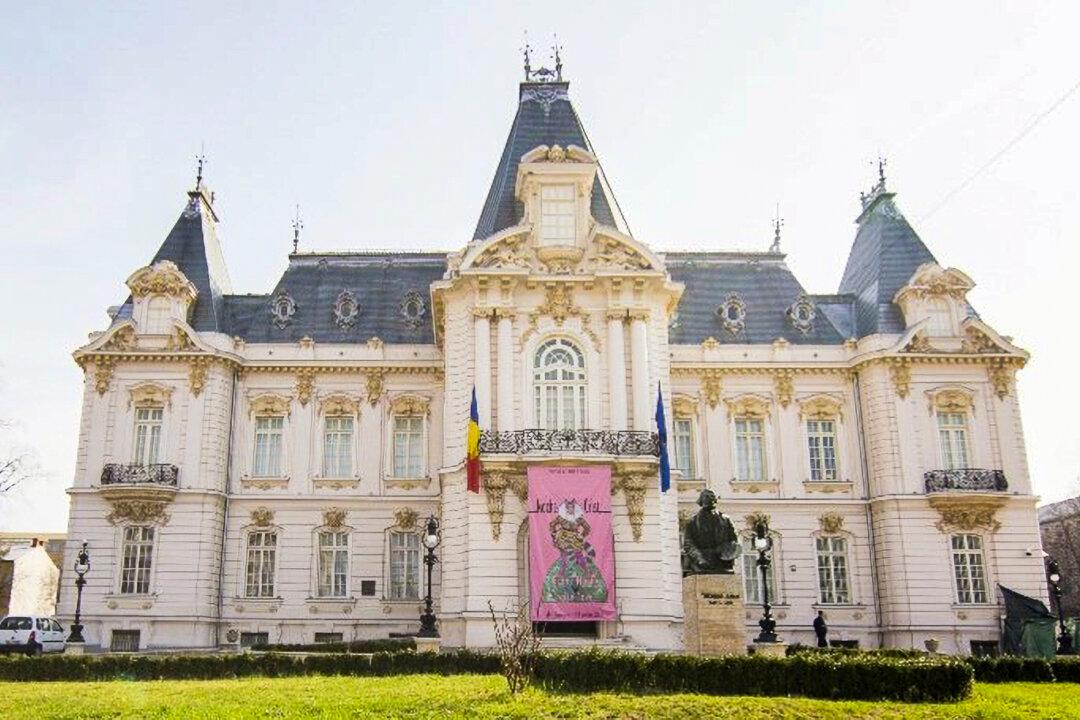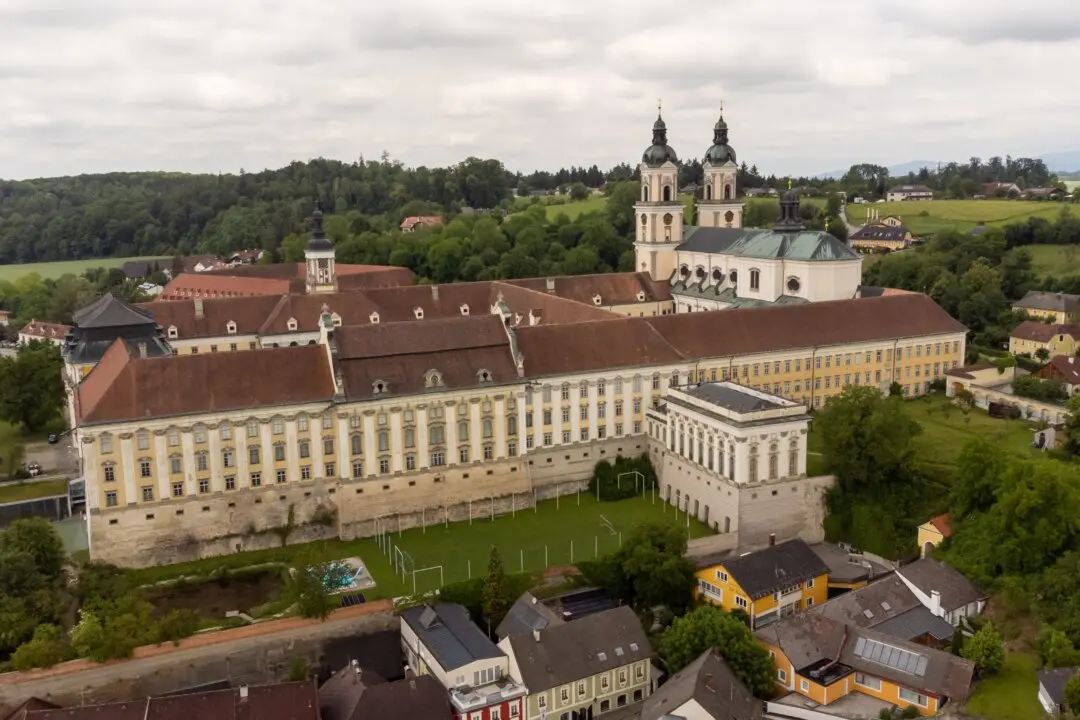The architecture of Craiova Art Museum in Romania serves as a stunning setting for some of Romania’s finest paintings and sculptures, from the medieval era to modernity. It was built as a palace for Constantin Mihail (Michael Constantine) between the late 1800s and early 1900s, based on an original design by architect Paul Gottereau. The building became an art museum in the 1950s.
Eclectic in its design, the palace boasts a mix of French academic classicism, a style influenced by art at the French Academy in Rome, and late-baroque elements, defined by lavishness and grandeur.





